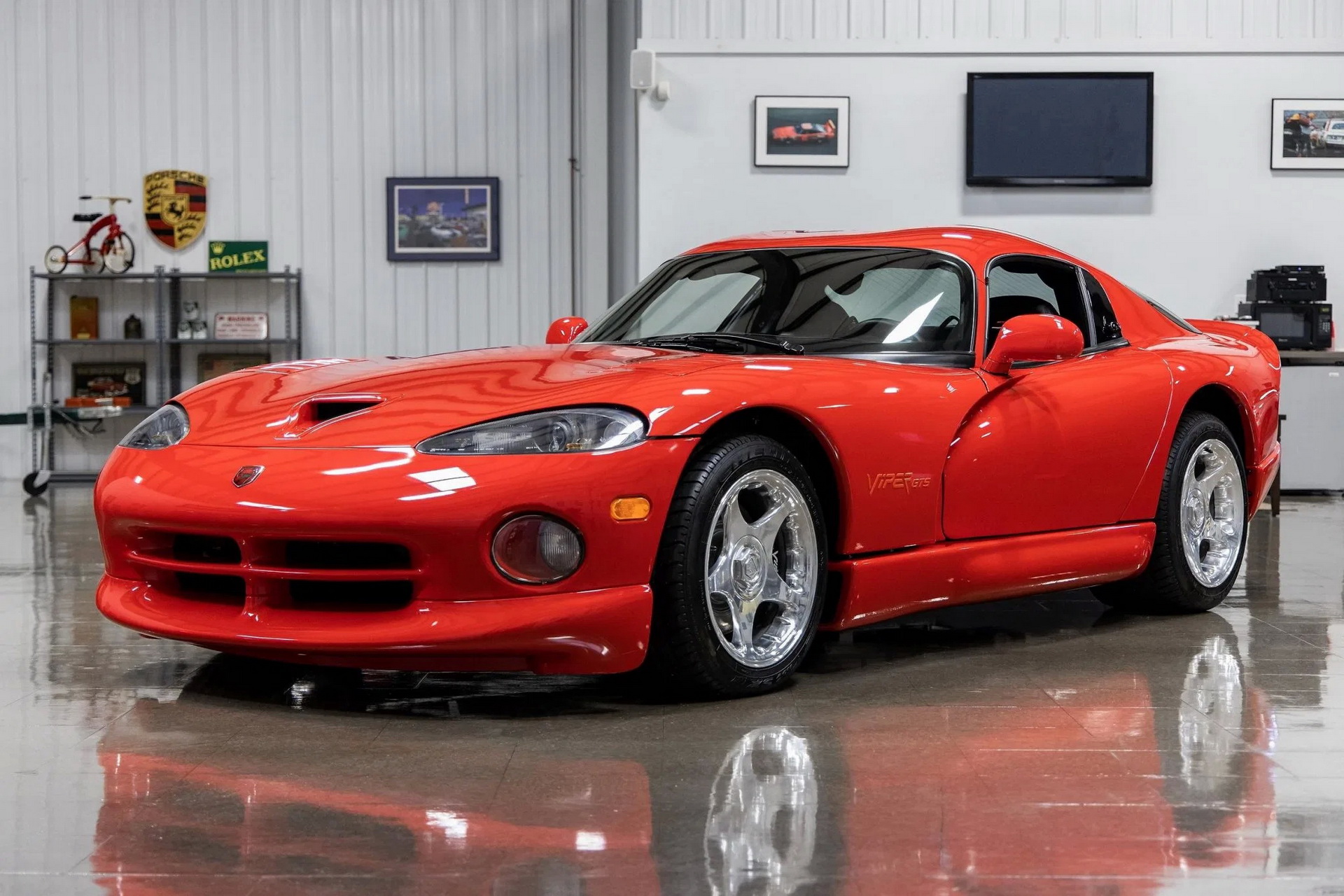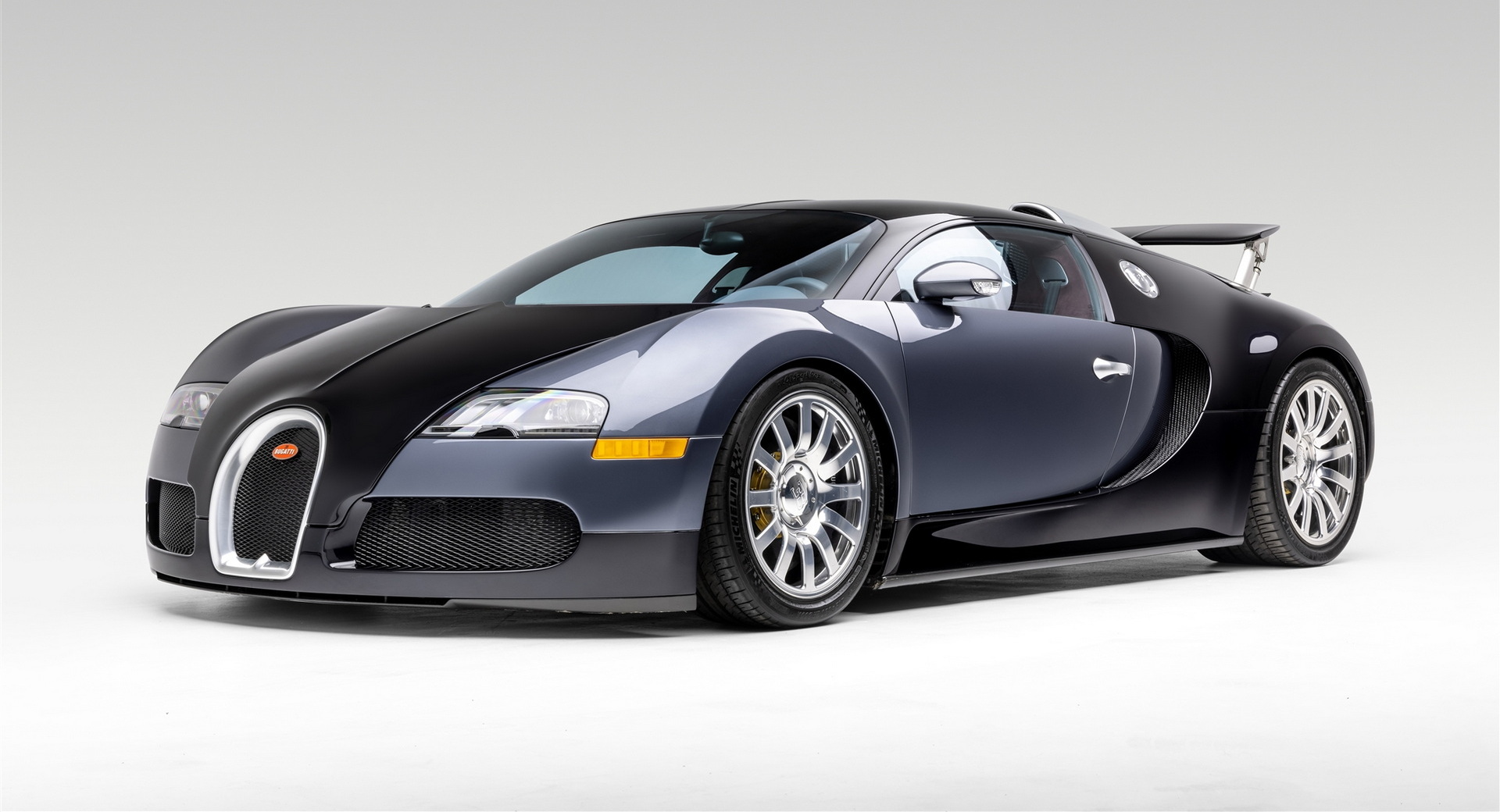The overall shape and design details that make up cars like the original Mazda MX-5 Miata, Porsche 911 and Dodge Viper are so ingrained in our brains, and such integral parts of those cars’ characters, that it’s hard to imagine them looking any other way.
But they nearly did. Almost every car reaches the road having gone through a protracted design process that involves a handful of competing proposals fighting it out, the winner of which is then honed and fettled before final sign off. And sometimes those early competing designs are radically different to the ones we’re all familiar with.
Take a look at these examples of alternative proposals for seven well known cars and tell us whether the automakers made the right choices.
Mazda MX-5 Miata
The original NA-code Miata’s development story starts in the early 1980s when Mazda began investigating the idea of creating a modern version of the classic 1960s and ’70s British sports cars that had only just gone out of production.
Related: The NA Miata Wrote The Book On Affordable Fun But Doesn’t Look So Affordable At $32K
View this post on Instagram
But Mazda’s teams worked on three competing proposals: a front-engined and front-wheel drive coupe, a mid-engined coupe (top picture) and a front-engined, rear-wheel drive roadster that was eventually chosen, and which evolved to become the 1989 production car.
Porsche 911
The Porsche 911’s silhouette, side-window graphic and bug-eyed face are as instantly recognizable as the Nike swoosh, and provide a clear visual link to the 356 coupe the 911 replaced and the Volkswagen Beetle that predated both.
But during the early phases of 911 development at the dawn of the 1960s Porsche looked like it was about to head down a slightly different road. The Type 754 T7 proposal had a longer roofline and a 7.9-in (200 mm) bigger wheelbase allowing it to carry four passengers, but Ferry Porsche insisted on a fastback shape, forcing a redesign and a return to a two-plus-two layout.
Mercedes 190
In the rush to lavish praise on the E30 BMW 3-Series BMW we too often forget to give some credit to its Mercedes 190 rival, which was arguably a more sophisticated design with its integrated bumpers and a narrowed nose and tail that cleverly hid the car’s bulk.
View this post on Instagram
The straight line running nose to tail at waist height was a hallmark of Mercedes design from the 1960s through to the 1990s, but these picture show Benz was contemplating ditching the theme for a weird wavy waistline and sloping trunk.
Dodge Viper
In 1996 the world was saying hello to the second generation Viper, whose big news arrived a few months after the initial reveal in the form of a Viper GTS coupe with a cool double-bubble roof that recalled the mighty Shelby Cobra Daytonas of the 1960s.
View this post on Instagram
What we didn’t know at the time is that a small band of renegade Chrysler engineers was working up a mid-engined proposal that repurposed as many of the existing components as possible to form the base of a third-generation Viper at the turn of the decade. The team allegedly took a 50-page report to Chrysler President Bob Lutz and design chief Tom Gale, who sadly gave the idea a thumbs down, and the creative engineers behind it the metaphorical middle finger.
BMW Mini
View this post on Instagram
Related: BMW’s MINI Turns 20 This Week, But Here’s How It Could Have Looked
The classic Mini was still in production in the mid 1990s when BMW-owned Rover Group began seriously investigating how to replace it. Ideas ranged from futuristic mono-box cars to ultra-compact city cars and the competing teams definitely didn’t see eye to eye over packaging or how retro the car should be. Which version of the Mini would you have green-lit?
Toyota Supra
View this post on Instagram
Mk4 A80-generation Toyota Supras from the mid 1990s have been attracting some hefty prices in the classic market over the last year or so, but would we be more or less willing to shell out big bucks if Toyota had decided to choose one of these alternate designs for the production car?
Bugatti Veyron
View this post on Instagram
Get past the “surprised koala” face of Walter de Silva’s early idea for the first Bugatti under Volkswagen ownership and there’s plenty to like, including the C-shaped side intakes, which made it to the final design for the Veyron (below) in a watered down form, but were used full strength for the Chiron that followed it (lower picture).
Thanks to the excellent @forgotten-concepts Instagram account for making it easier for us to avoid a nasty copyright strike by hosting these images. If you like seeing pictures of weird design studies and dozens more cars that might have been, it’s one account that’s definitely worth a follow.












